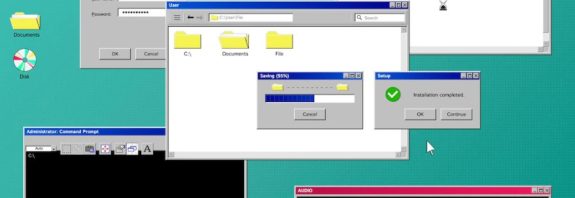Hard Drive Formatting: An Overview of FAT32, NTFS, and exFAT

Hard Drive Formatting: What’s the Difference Between FAT32, NTFS, and exFAT?
Hard Drive Formatting Among the most common are FAT32, NTFS, and exFAT. In this article, we’ll explore each of these, their features, and their use cases. In the world of computers and data storage, several file system formats are used to organize and store information on various devices, such as hard drives, USB flash drives, and memory cards.
FAT32 (File Allocation Table 32)
FAT32 is one of the oldest and most widely used file system formats. It is supported by many operating systems, including Windows, macOS, and various Linux distributions. The primary advantage of FAT32 is its versatility and compatibility with a wide range of devices. It’s ideal for use on USB flash drives and external hard drives that need to share data across different platforms. However, it has a notable limitation: individual file sizes cannot exceed 4 gigabytes.
NTFS (New Technology File System)
NTFS is a more modern and advanced file system format developed by Microsoft for its Windows NT operating systems and later versions. NTFS supports much larger file and volume sizes, offers greater resistance to file corruption, and includes security features that allow restricting access to files and folders through permissions. This format is commonly used for internal hard drives in Windows-based computers and for storing large files, such as videos and sizable applications.
exFAT (Extended File Allocation Table)
exFAT is a file system format developed by Microsoft as an extension of FAT32 to overcome its limitations, particularly the file size restriction. exFAT supports large file and volume sizes, making it an excellent choice for USB flash drives and memory cards used in devices that support this format. However, compared to NTFS, it offers less resistance to file corruption and has limited security features.
Conclusion on Hard Drive Formatting: FAT32, NTFS, exFAT
Hard Drive Formatting Each file system format—FAT32, NTFS, and exFAT—has its own characteristics and applications. The choice of a specific format depends on the user’s needs, the type of device, and its intended purpose. FAT32 is suitable for universal use, NTFS is ideal for internal drives and storing large files, while exFAT is best for USB flash drives and card readers handling large file sizes. By understanding these formats, users can select the most appropriate one for their needs.









